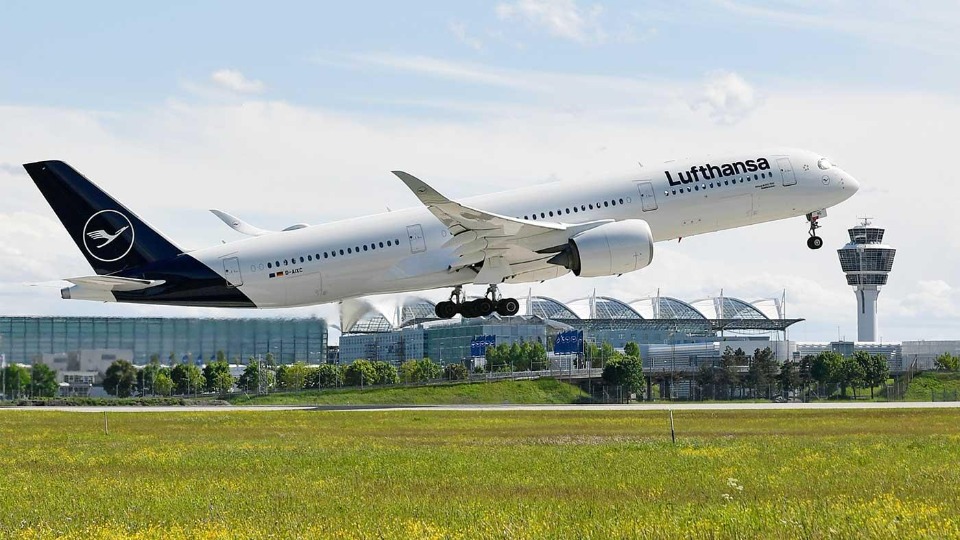
New Study Reveals Doubling of Turbulence Due to Climate Change Over the Past 40 Years

As climate change advances, researchers predict that dangerous clear-air turbulence will worsen.
You can blame climate changes if you have recently experienced a bumpy flight.
Scientists have suspected for a long time that an increase in air temperature is associated with increased turbulence.
A new study conducted by UK-based meteorologists at University of Reading has revealed that the skies today are up to 55% bumpier than they were four decades ago.
Researchers also predict that turbulence in clear air will worsen with climate change.
The study analysed data on climate and atmosphere from four decades to see how climate change affects clear-air turbulent air, or the movement of air masses that are not visible.
Researchers have created the most detailed image yet of how turbulence is changing.
Scientists found that at a typical location over the North Atlantic - one of the busiest routes in the world - the duration of severe turbulence has increased by 55% between 1979 and 2020.
The team discovered that the average time of severe clear-air turbulent weather increased from 17.7 to 27.4 hours per day in 1979 for a point on the North Atlantic.
The area experienced a 37 percent increase in moderate turbulence from 70.0 hours to 96.1, while light turbulence increased 17 percent from 466.5 hours to 546.8.
The study also found that other popular flight routes in the United States and Europe, as well as the Middle East, South Atlantic, and Europe have seen significant increases in turbulence.
The study published in Geophysical Research Letters confirms that previous research has shown that more bumpy flights are associated with climate change.
The jet stream is affected by the warmer air due to carbon dioxide emissions, which causes turbulence. This occurs in the North Atlantic as well as globally.
"Following a decade of research showing that climate change will increase clear-air turbulence in the future, we now have evidence suggesting that the increase has already begun," mentions Paul Williams, atmospheric scientist.
"We should be investing in improved turbulence forecasting and detection systems to prevent the rougher air from translating into bumpier flights in the coming decades."
Is turbulence dangerous?
"Turbulence makes flights bumpy and can occasionally be dangerous," says Mark Prosser, a meteorologist at the University of Reading who led the study.
Clear-air turbulent air can be especially dangerous because unlike turbulence in a storm it is difficult for remote sensing equipment to detect.
The weather models are unable to predict the exact time of its arrival because small-scale eddies cause it.
"Airlines will need to start thinking about how they will manage the increased turbulence, as it costs the industry $150 to $500 million [EUR134 to EUR465 million] annually in the United States alone," mentioned Prosser.
"Every additional minute spent travelling through turbulence increases wear-and-tear on the aircraft, as well as the risk of injuries to passengers and flight attendants."
Source: euronews.com








